“In Jerez”, a wine-maker once told me, “we live with our backs to the vineyard…” In Jerez, he went on to say, fame is attached to the urban wineries, the bodegas where the alchemy takes place. In other wine-producing regions, harvest and production take place on the same terrain, but in Jerez the sun, soil and salts of the earth which give birth to the wine are often forgot. The processes of oxidisation, biological ageing, solera rotating and fortification mean that this physical distance from the land is widened even more, becoming an essential distance between the wine and the land. In other words, here it is possible to create a wine which does not reflect its origins in the terroir, the pago, the earth.
Wanting to see the rolling hills from which sherry comes, I took my bike out into the famed ‘Sherry Triangle’. The photos below show the landscape to west of Jerez.
On the map above you can clearly see the wine country – look for the white stain to the west of Jerez, that is the chalky albariza soil which the palomino grape thrives on. In the image below there is a good example of albariza, a soil which soaks up rainwater to allow these grapes to grow unirrigated through the harsh southern summers. The vines shoot their roots down through the loose soils to depths of five, ten, fifteen metres in search of water. In the second photo, you can see a clear division between these highly-valued albariza soils and the less chalky red soils

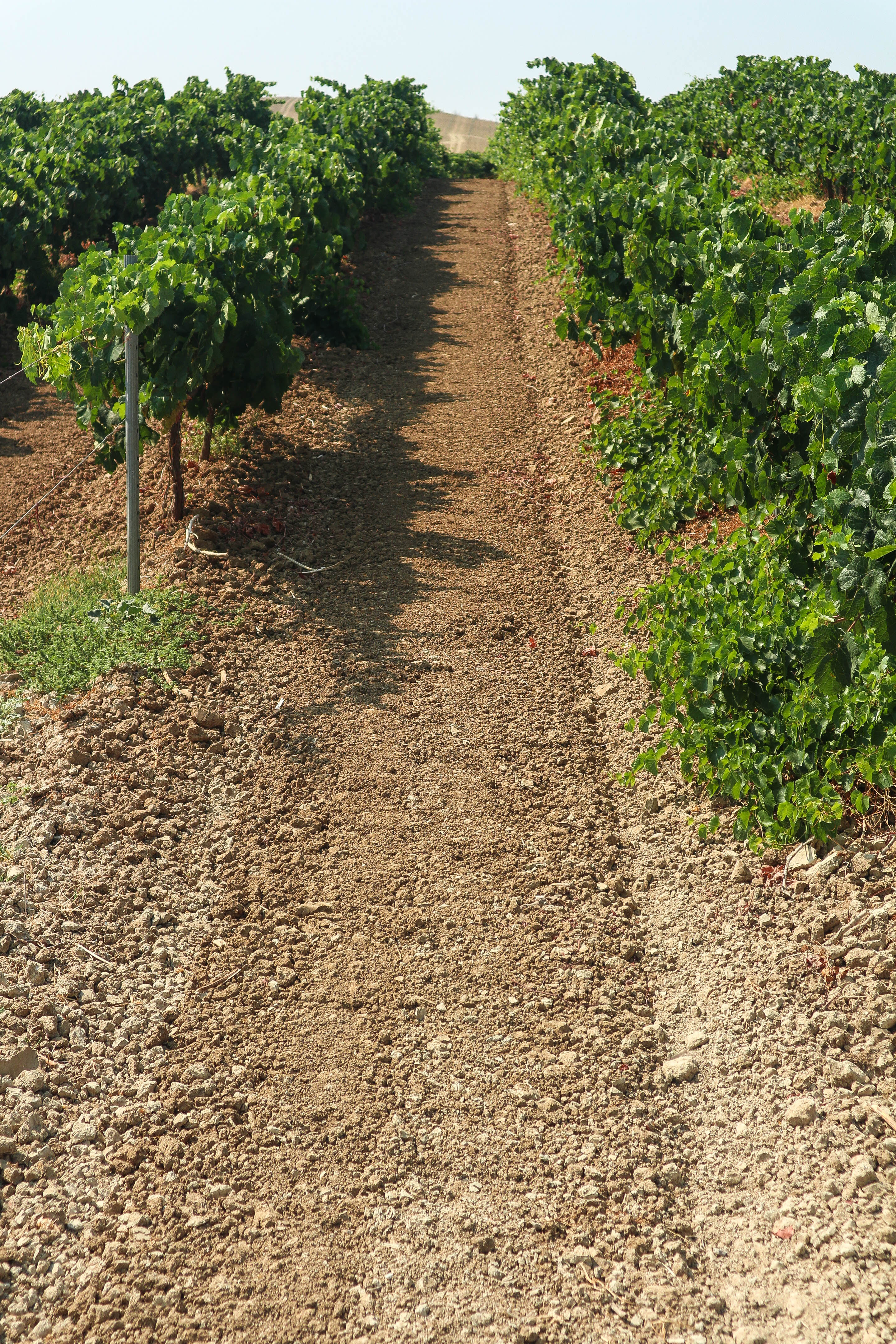

The decline in Sherry fortunes over the past several decades has had a significant impact on the jerezano landscape. If in the golden years of Sherry the hills of Jerez were literally covered in nothing but palomino – some 23,000 hectares of vines to be exact – now the 7,000 hectares that remain are shared with other crops, such as sunflower seed and sorghum. The first image below shows a hill being replanted with vines, and below that an image contrasting the lower level sorghum crop with the vines on the hills (the chalkier albariza soils tend to be found on the hillsides, while the darker soils accumulate in the lower land).
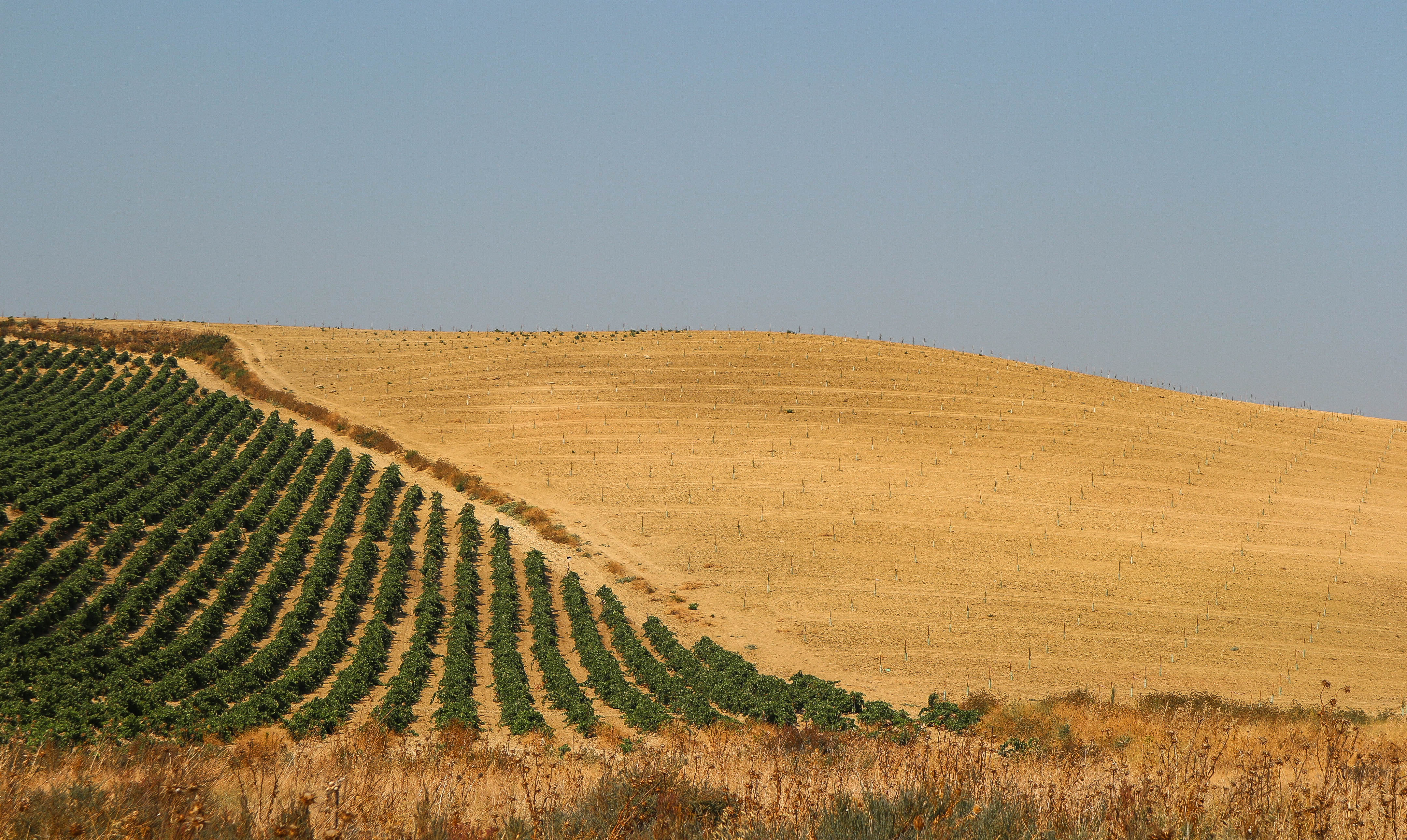
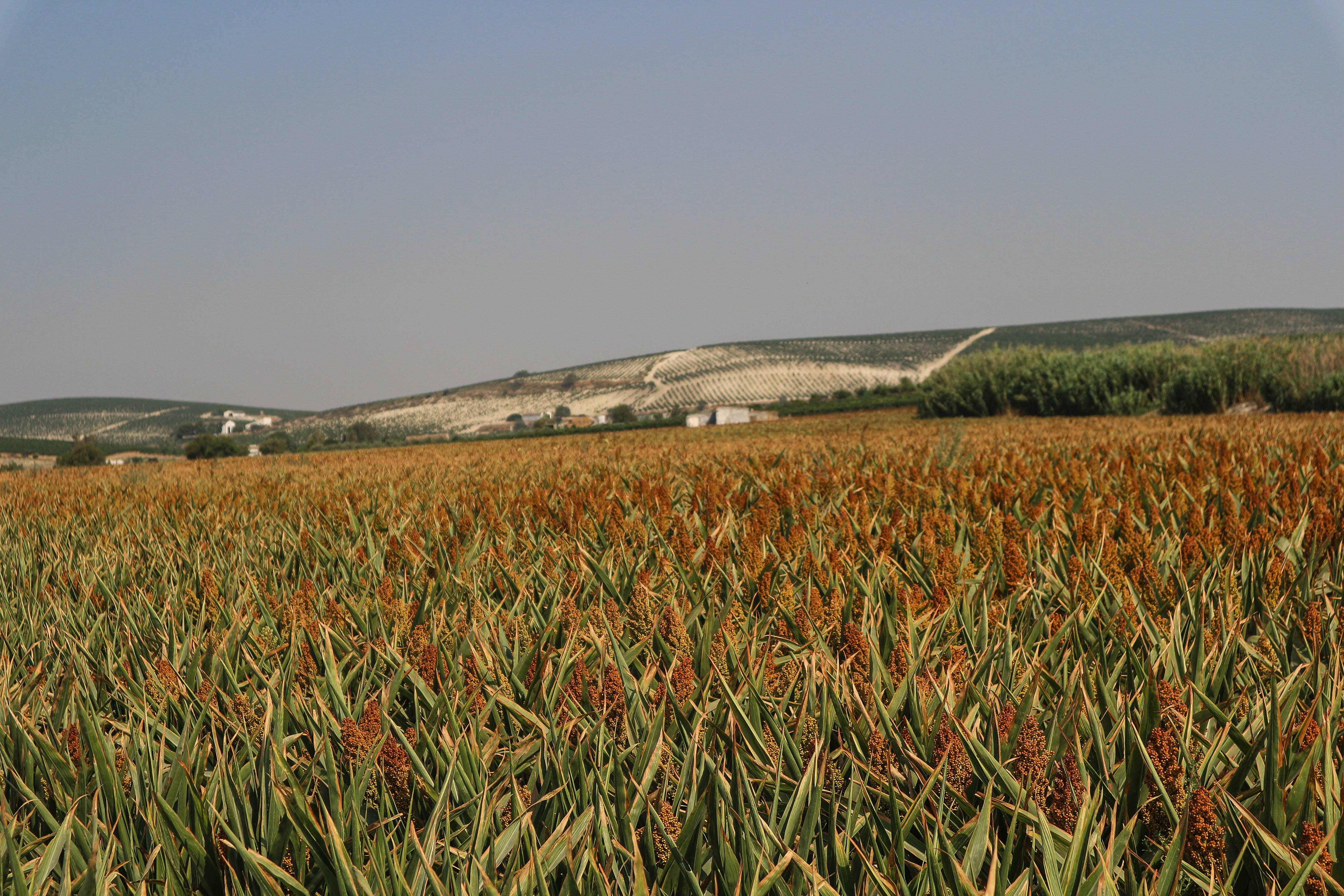

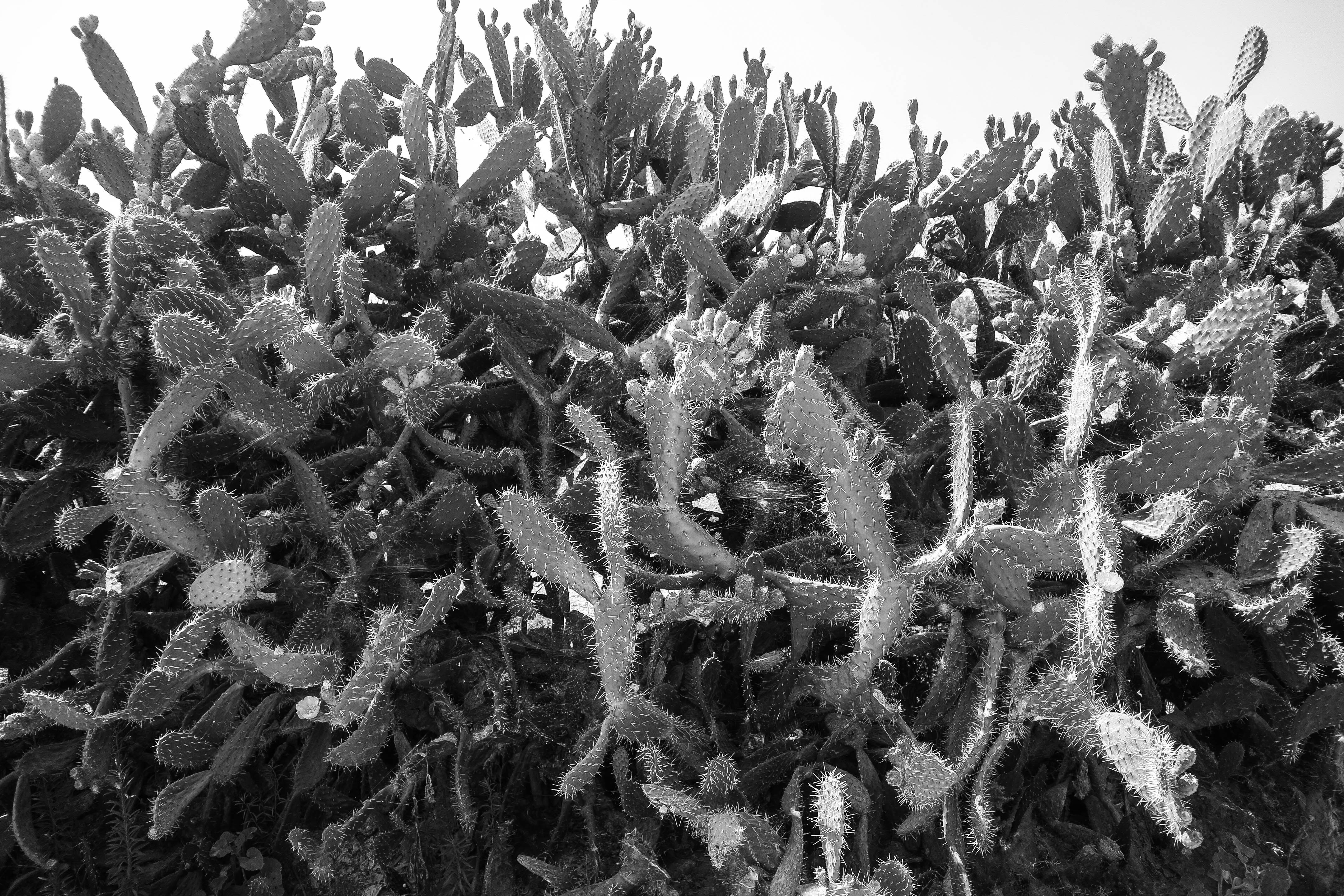
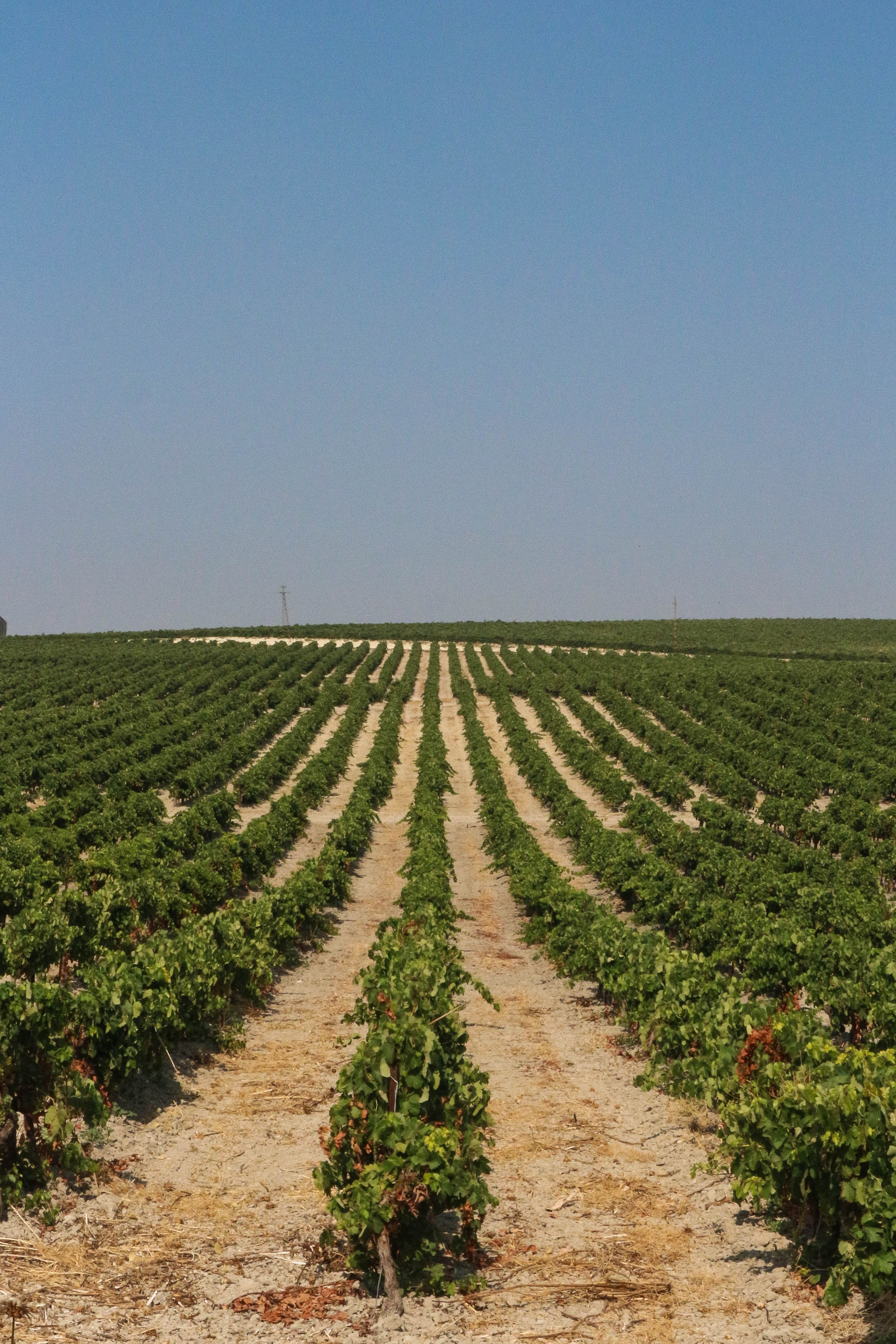

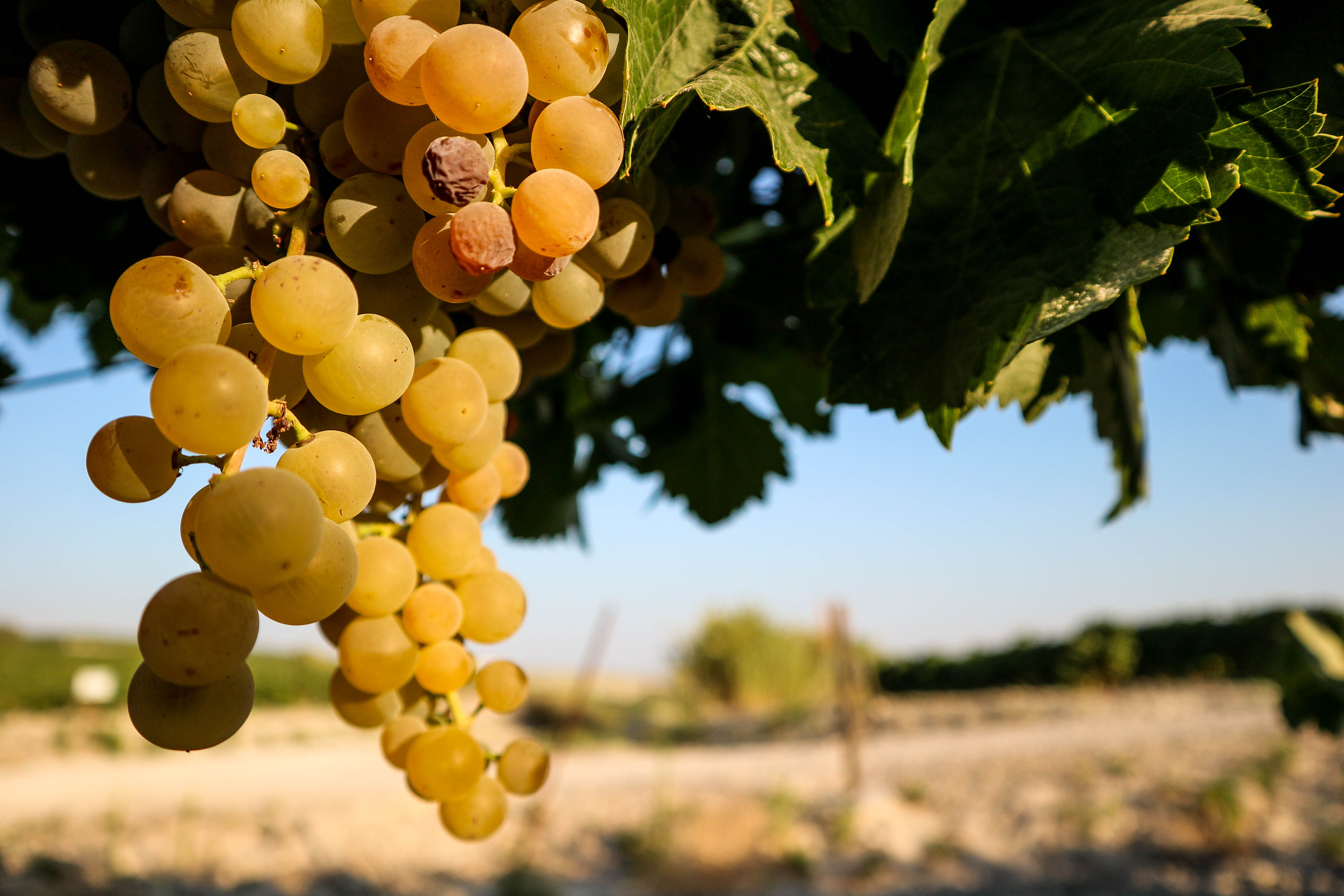
If you visit Jerez you must, of course, visit the bodegas in town. But a drive or ride through the country will get you much closer to the source of sherry than a tour through a bodega ever can. Go to the land and soak up the late-afternoon sun, ride through the indescribable smell of grapevine leaves, feel the albariza fall through your fingers, and in the next drop of fino that you taste you will see the sun and the soil all again in your glass.

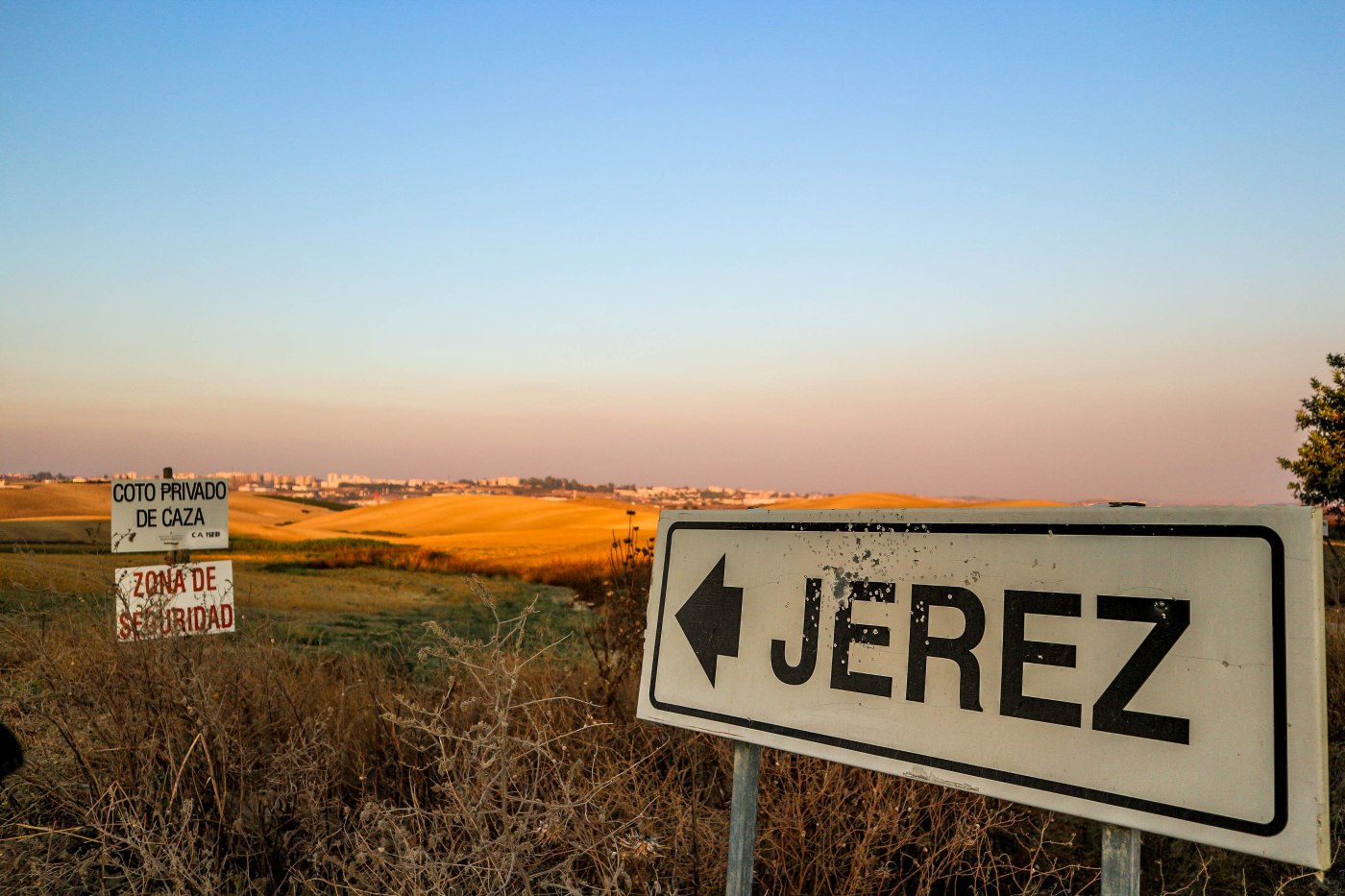


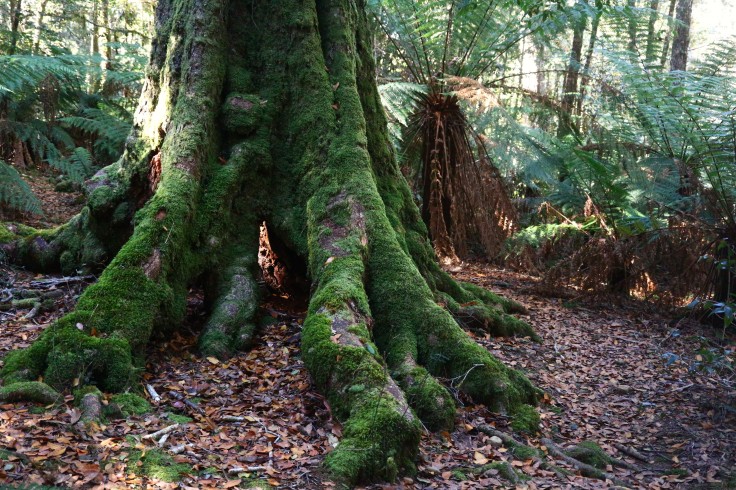
Beautifully written. I feel I can soon dust off some of this newly acquired information with ill-concealed pride. Cheers.
LikeLike
Haha cheers, I’m glad you enjoyed reading it. Tim.
LikeLiked by 1 person